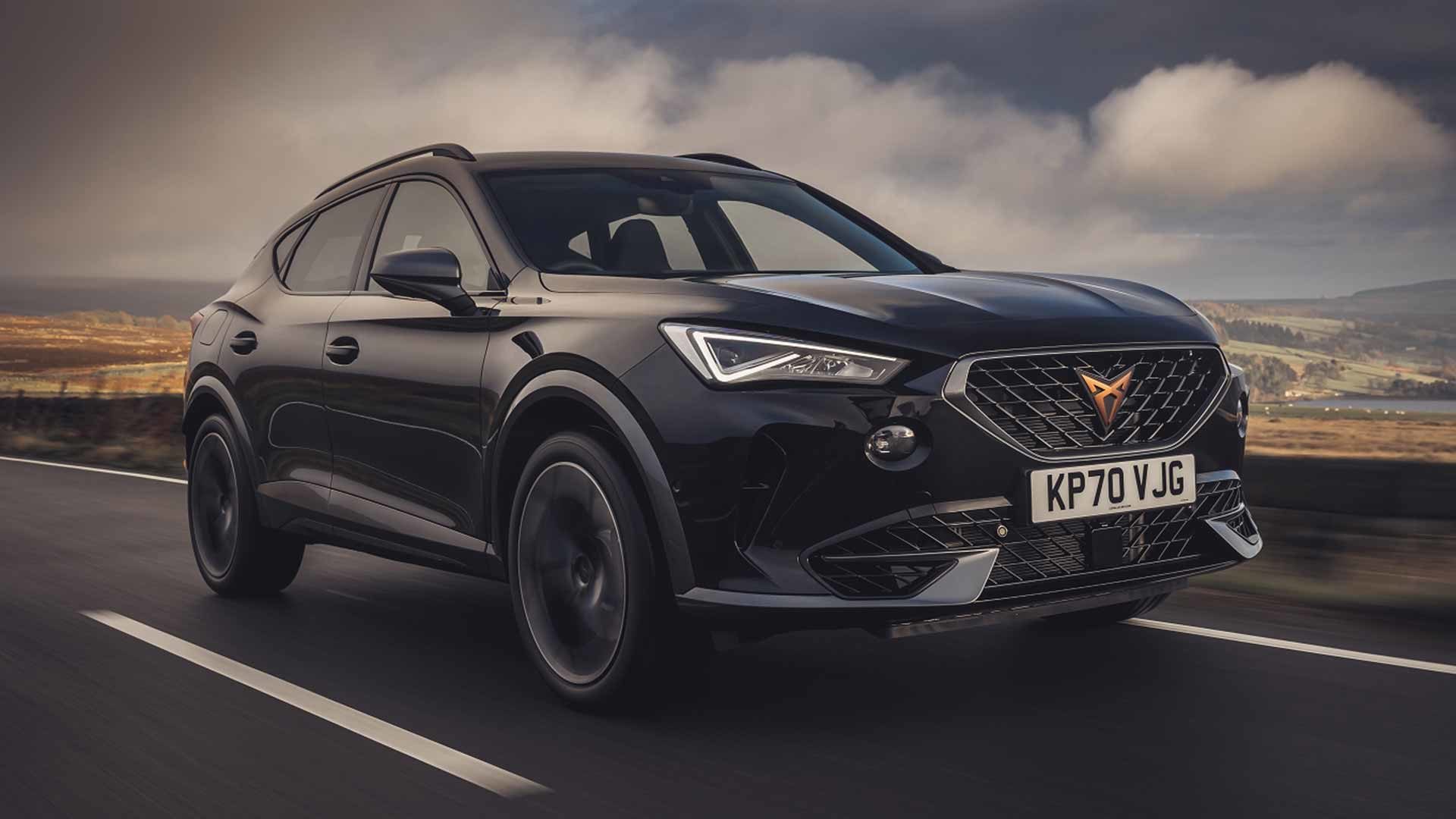
Cupra is the new sporty side of Seat and the Formentor is the brand’s first fully-bespoke car. It’s a crossover SUV that’s a fair bit racier than the original standalone Cupra, the Ateca.
The firm calls it an SUV coupe and sees it as a rival to the BMW X2, and more conventional small SUVs such as the Audi Q3 and Volvo XC40. Prices are keen, starting from just over £27k for a 150hp 1.5 TSI, but my introduction to the range came with a little more than that – more than double, in fact…
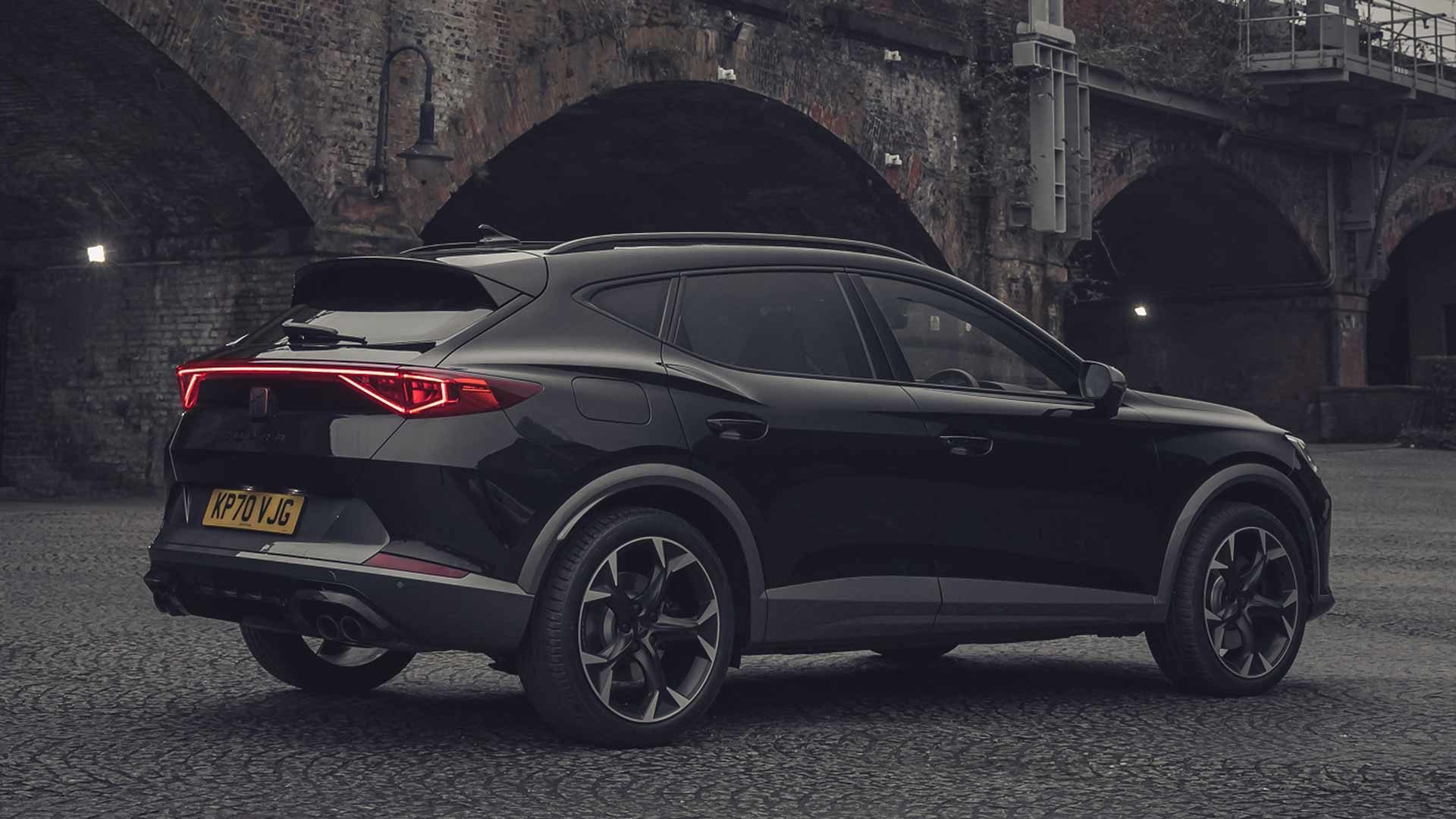
Indeed, the 310hp 2.0-litre TSI 4Drive is the range-topping version. Cupra will sell it you in VZ2 or VZ3 guise (‘Z’ signifies all-wheel drive). I tested the VZ2, with a list price coming in at just under £40k without metallic paint, or just over £40k with it.
Covid has caused an official in-person introduction to the Cupra Formentor range to be endlessly delayed. I therefore came into this pleasingly fresh and free to test it without many marketing taglines in my head. Face mask on, the delivery driver handed me the key and I got to work.
Cupra Formentor: First impressions
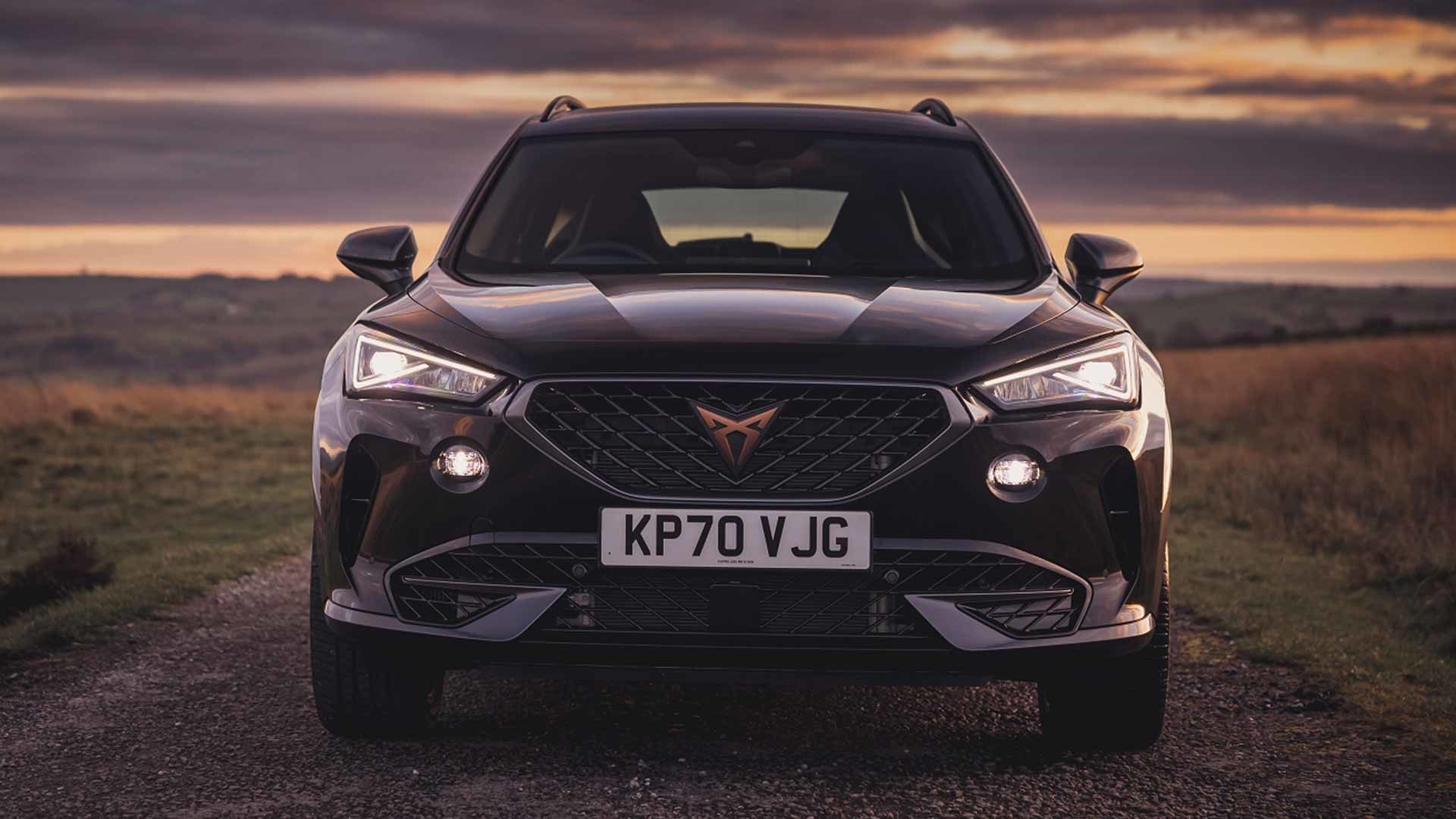
It’s certainly a distinctive-looking car, with a sporty stance and sharp attitude. The BMW X2 is disappointing in the metal; this is the opposite, made all the more characterful by its bold bronze Cupra ‘Transformer’ logos and detail highlights.
Inside, it doesn’t feel excessively SUV-like, giving a more hunkered feel behind the wheel – but you still have a confident view out. The tall bonnet line is a surprise, occupants looking over it a bit like they do in a 4×4, and this adds to the safe, secure feeling within.
That bonnet line also makes it feel like a bigger car to drive than I first expected, even if, I’d later discover, rear-seat space doesn’t quite bear this out. The bench seat is unsupportive and legroom is adequate, no more. At least the 420-litre boot is a good size: 39 litres bigger than a Volkswagen Golf hatchback.
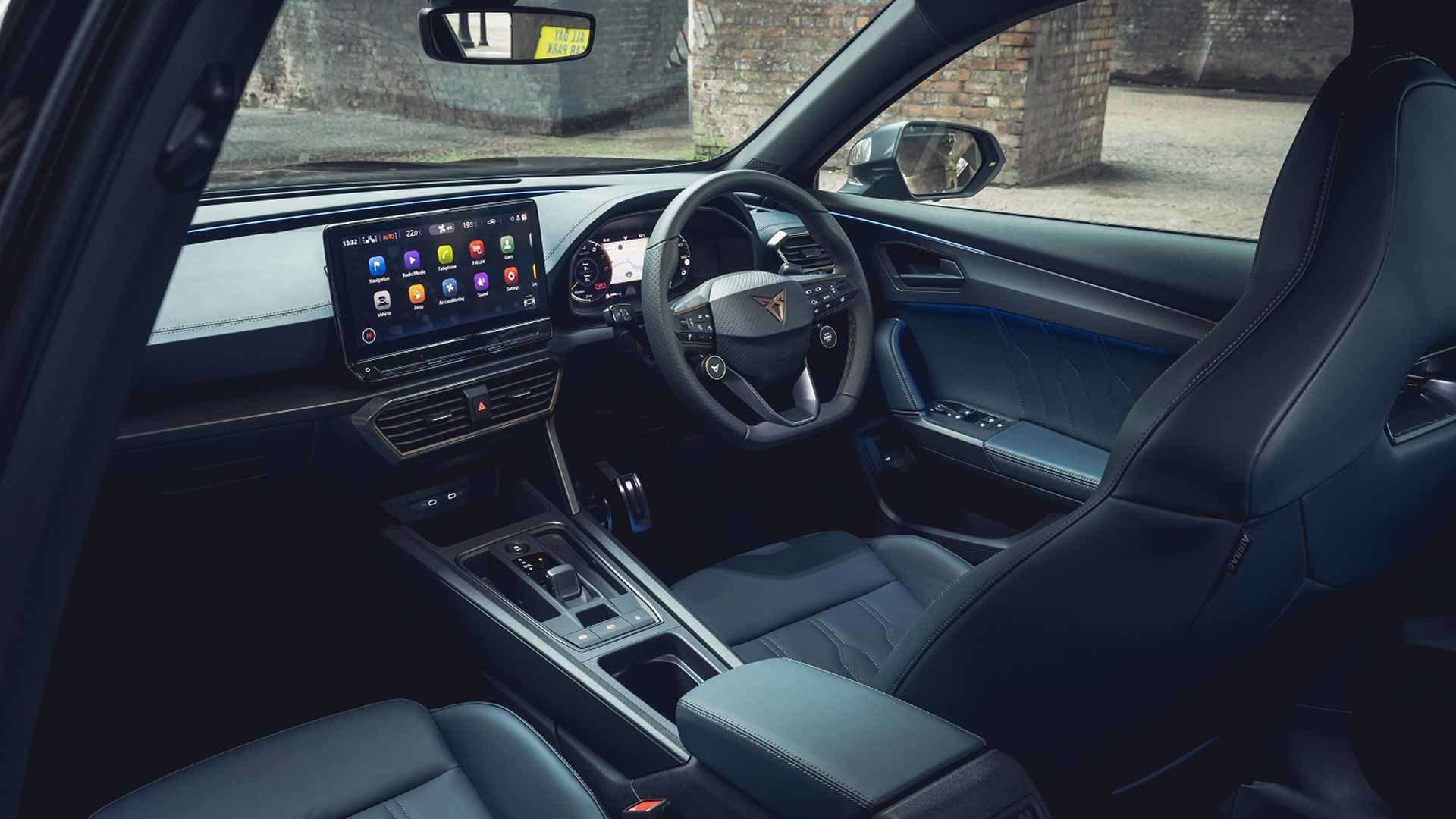
The interior looks great. It’s a nicely structural design, with yet more bronze detailing for features such as the air vents, and a starter button on the steering wheel like in a Ferrari.
I love the petrol blue Nappa leather option you can pick in the VZ2, again with contrast copper stitching.
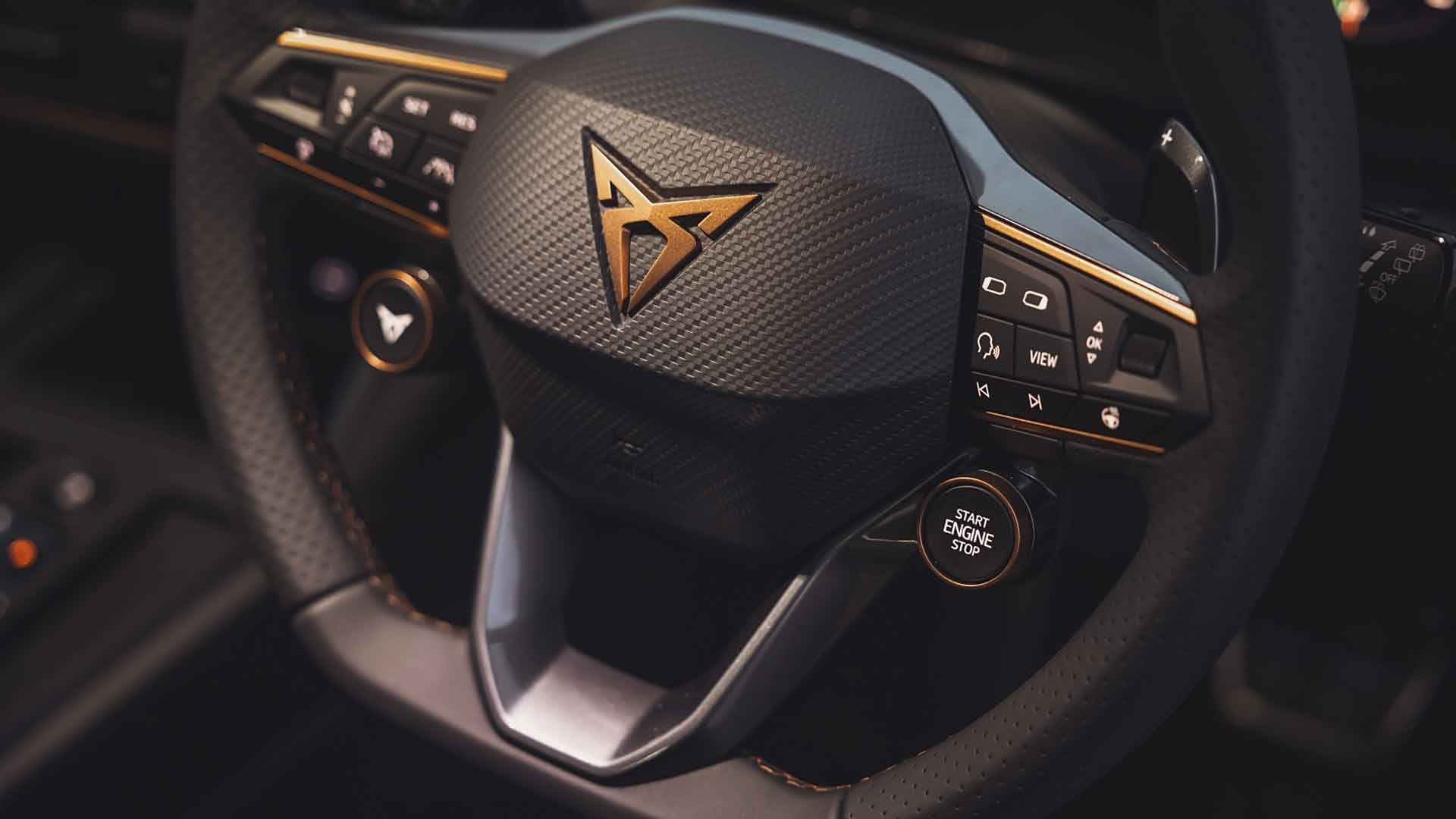
Cupra’s proud of the freestanding screen in the centre of the dash, 12 inches in size and backed up by multi-configurable TFT instruments. Being a latest-era VW Group car, everything’s packed into the centre screen, including heater controls, and a week wasn’t enough to figure out how to use it all. The wireless Apple CarPlay kept dropping out too, which didn’t help.
Cupra Formentor: On the road
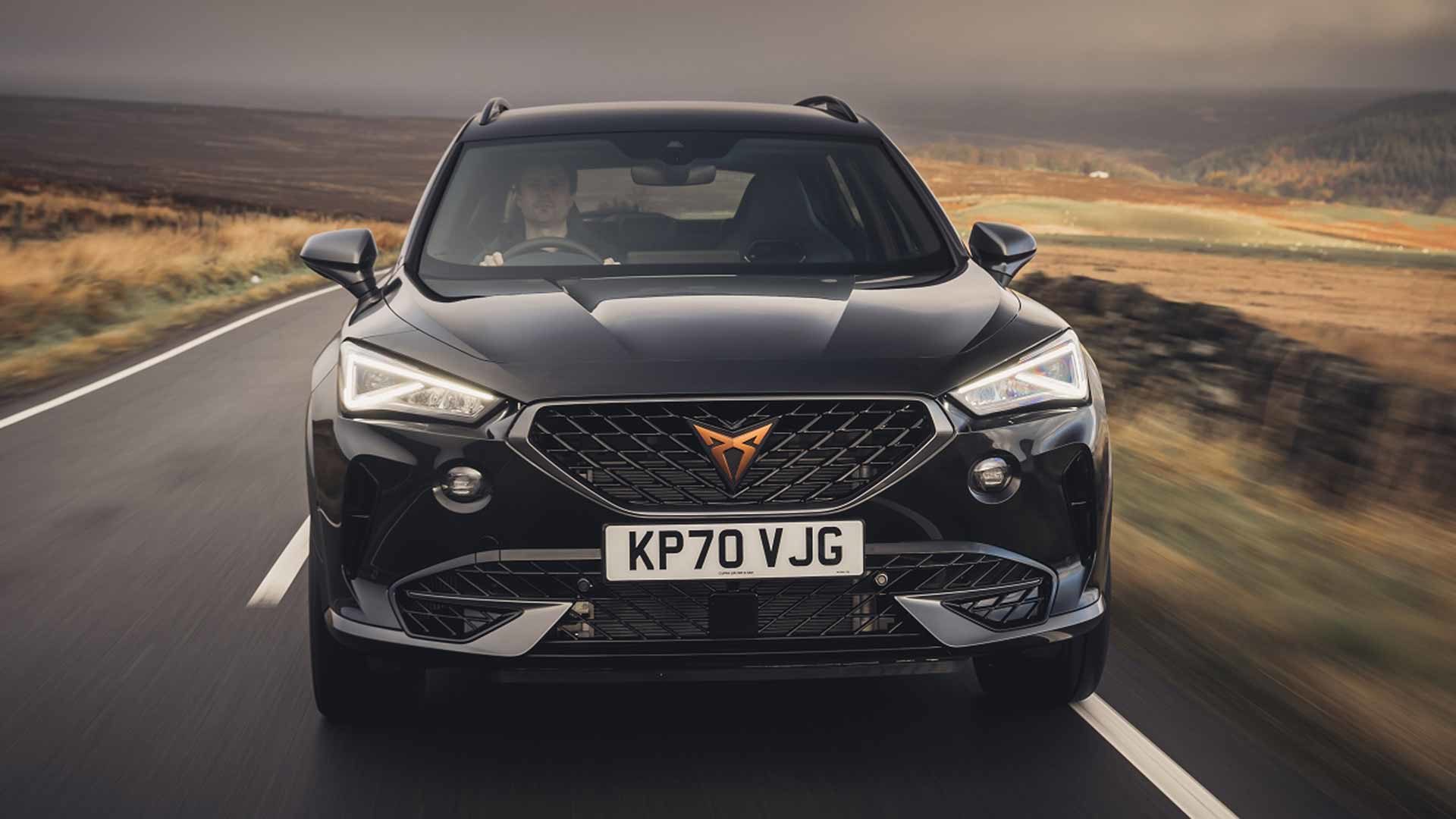
This range-topping engine is basically a Volkswagen Golf R powertrain, with launch control helping the seven-speed DSG punch through the gears from 0-62mph in 4.9 seconds. From the inside, start-up is surprisingly subdued, despite the four prominent tailpipes poking out the rear bumper; they give a pulsing throb when accelerating, but otherwise, it continues to be quiet and well-isolated when pootling around at in-town speeds.
Indeed, the lower-speed refinement of the Cupra Formentor is admirable, with little road noise or tyre roar (the rubber kicks up a bit more fuss at higher speeds), and a general lack of hot hatch bluster. It’s a more grown up and sophisticated car than that, and I really warmed to it.
Until the 19-inch wheels meet a deep pothole, that is. Then, there’s an almighty crack through the structure that, if it doesn’t startle or shock you, will have you wincing at the battering the poor car is getting. Fortunately, it’s not constant, as the adaptive suspension otherwise does a decent job of keeping things fluid – but the liquorice-profile tyres may have you habitually scanning the road up ahead…
The engine comes alive when you start to press on. We already know it’s a great motor, and its willingly revvy, rotary-smooth nature is in full evidence here. It’s a surprisingly cammy-sounding motor when worked hard, almost in an old-school way, and this only adds to the appeal. It’s appreciably more vocal as well – with an overlay of (slightly artificial) exhaust rort in the sportier modes.
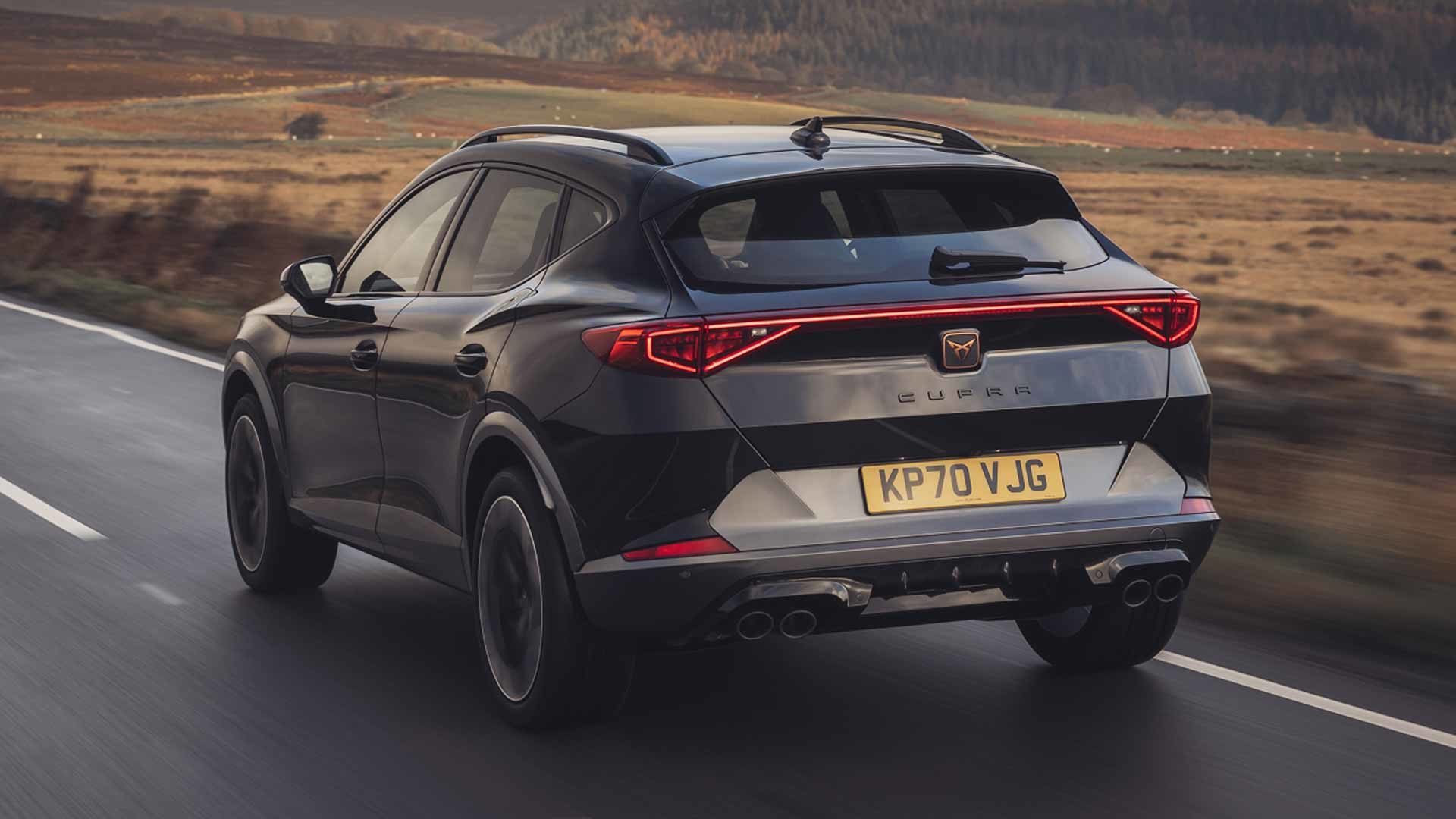
The Formentor is fast and effective, with all-wheel drive making easy work of winter roads. The seven-speed DSG gearbox is fuss-free too, which again makes it feel sophisticated and grown up. The adaptive suspension keeps things controlled and drama-free.
Various driving modes can tighten things up (press the ‘Cupra’ logo button on the steering wheel); in regular mode, the Formentor lacks a bit of bite and feels a touch soft turning into corners. Turning up the wick doesn’t make it ride like a skateboard, but does offer more sharpness. It’s a shame it can only add weight to the steering, rather than any additional feel, though – it remains rather remote in all modes.
On an intentionally long and sinuous test route, I liked it. The Formentor’s not setting out to be overly aggressive – there’s a Cupra Leon hot hatch for that – but is more of a premium-like fast-road experience, doing more of the work for you and letting you cover ground extremely fast without making a fuss or exhausting you.
And on the long motorway schlep back home, it satisfied with rock-solid stability, plenty of power in reserve and an assured, tuned-in precision that made me feel confident in its high-end quality and robustness.
Cupra Formentor: Verdict
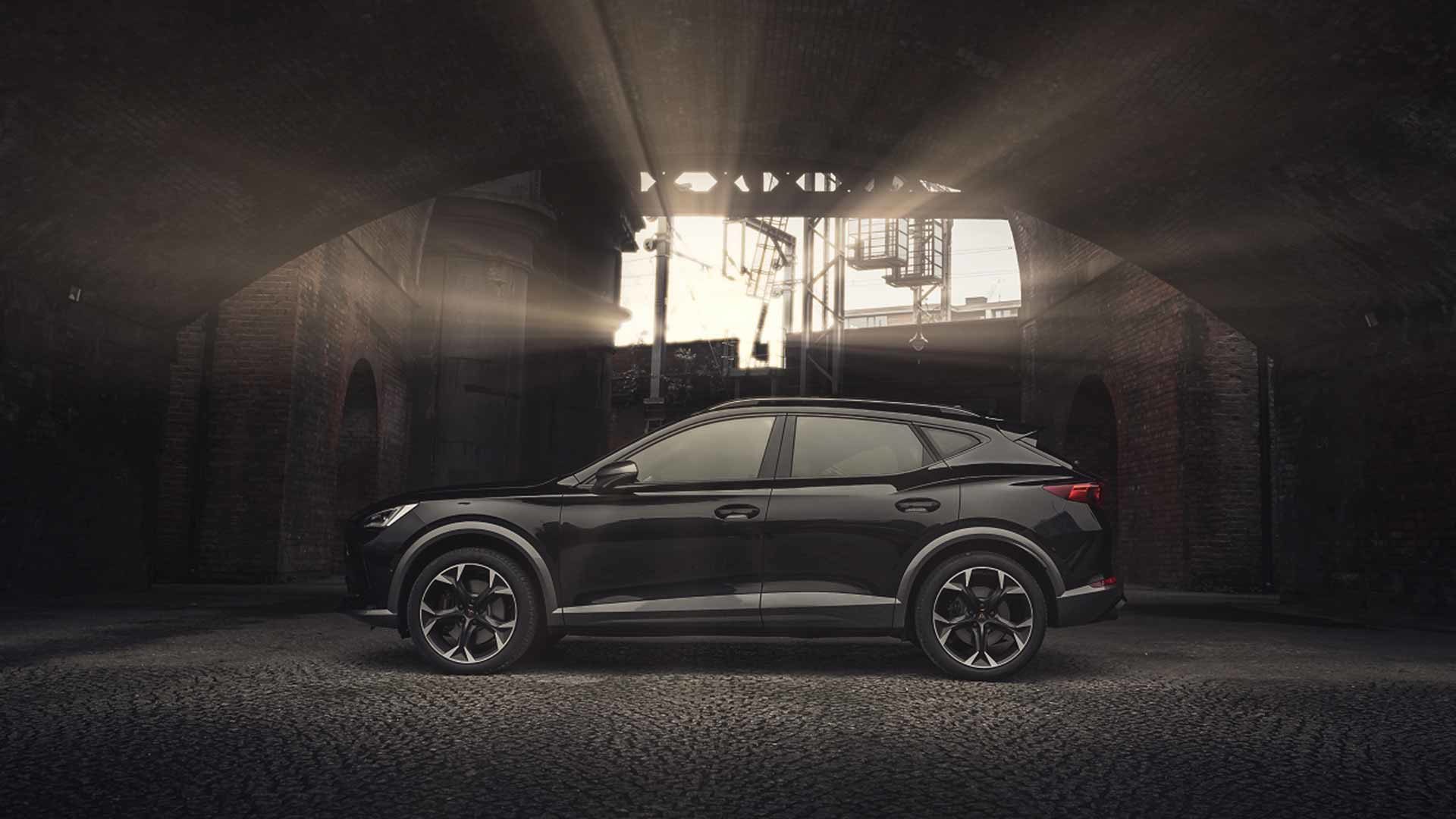
The Formentor is the most convincing Cupra yet. It nicely outlines what the brand is about: a higher-end, more bespoke Seat, vying with Audi and BMW, giving the same sort of sophistication they do so well. Seat can thus be left to do the more youthful sporty stuff.
Of course, this is the range-topping version. Here’s hoping the more mainstream models are similarly convincing. If they are, Cupra’s a brand we might just be seeing more of in the world of premium car group tests and comparisons.
ALSO READ:
Porsche launches £70k entry-level Taycan
Formentor: the first standalone Cupra
How Cupra became a car brand